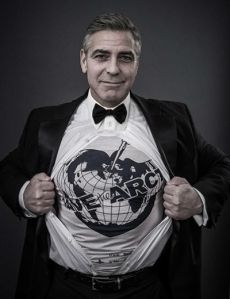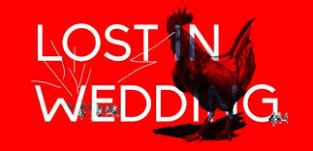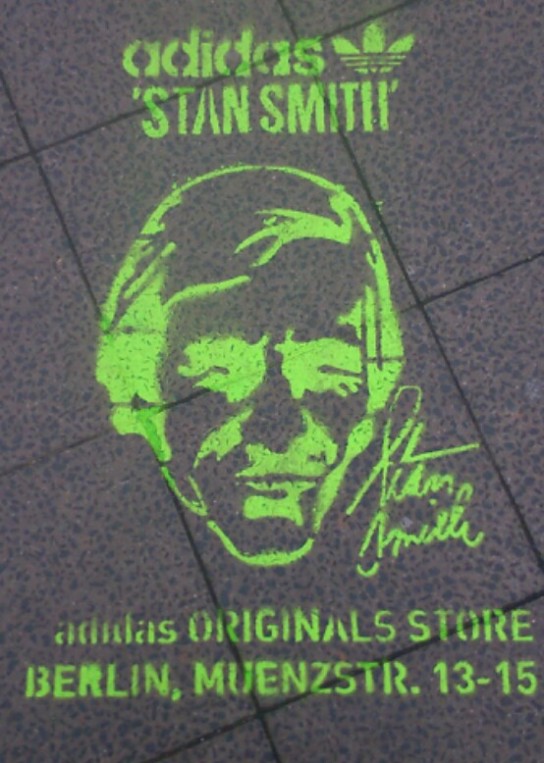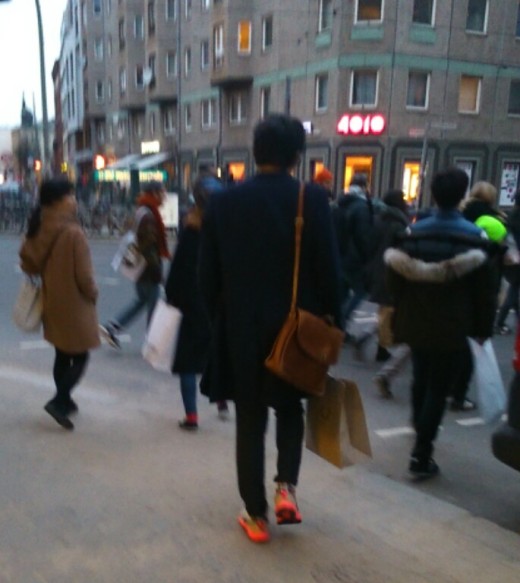Skin deep 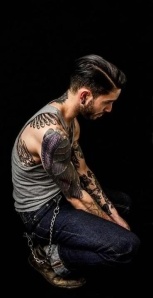 Sitting in the bus back home, I’m in a sort of sedative state. I see the world around me but I’m not seeing it really. I’m in my own world. Virtual. Spaced out. I nearly missed my stop. Buzzed. I feel strong but extremely vulnerable at the same time. Happy and sad. Exhausted but with a weird kind of energy. No I’m not drunk. No, I’m not even under the influence of any legal or illegal substances. I’m simply in that particular kind of flow. Probably due to the hormones the body gives you at a certain point when or after you’re in big pain. I was advised by Valentin to have a good meal; he claims my body will need it. That there was a serious attack on that body, and that it will crave a real meal. In his eyes that is a steak or a hamburger. He’s a far better artist than food expert 🙂 (In my eyes a good meal means a quinoa salad or a falafel. But I’m not into food right now.) I’m in the bus 104 after an afternoon of pain and pleasure, being tattooed by Valentin Hirsch in his small tattoo studio in Neukölln, Berlin. I didn’t know what to expect at first. Valentin, rising star in the tattoo world and one of the very few accepted by the contemporary art world, has his own way of working: you say what design (he’s totally into animals) you would like to have on your body, and on which body part you would like it. You need to be patient. He works alone and the waiting list is huge. I gave him some instructions a couple of months ago but it’s only on the day of the actual tattoo session that he shows me his design. And even then you see only the rough lines. He will fill in the drawing on the spot. He made something I didn’t expect. I expected a deer. I got a parrot. Which eventually matched completely with what I wanted. A little scary at first, I admit. The sketch on paper looked good, but not fantastic. I can always withdraw. But I knew his work. He’s a damn good inker. (Can’t wait to see his other art, etchings and other stuff, Valentin, if you read this, keep me posted please!). I was proud to be there. And I knew more or less how it will look like in a couple of hours. I’m was so ready for this. Four hours later I feel like if somebody scratched his testament on my back. Maybe Valentin really did, in a peculiar way. He puts after all, a part of his soul in it. He can’t do otherwise. So I think. I think I would anyway. Drawing a piece of art into a person’s body is not something you do lightly. Their body is your canvas. Your drawing becomes theirs. And after a couple of hours, it walks through that door and you will probably never see it again. Letting needles deep inside your body is not something you do lightly neither. Or at least you shouldn’t. What I underestimated it the intenseness of the whole process. Not only you go naked metaphorically spoken but also sometimes you do have to take some cloths off. For a shy woman like me, that’s already a whole mountain to overcome.
Sitting in the bus back home, I’m in a sort of sedative state. I see the world around me but I’m not seeing it really. I’m in my own world. Virtual. Spaced out. I nearly missed my stop. Buzzed. I feel strong but extremely vulnerable at the same time. Happy and sad. Exhausted but with a weird kind of energy. No I’m not drunk. No, I’m not even under the influence of any legal or illegal substances. I’m simply in that particular kind of flow. Probably due to the hormones the body gives you at a certain point when or after you’re in big pain. I was advised by Valentin to have a good meal; he claims my body will need it. That there was a serious attack on that body, and that it will crave a real meal. In his eyes that is a steak or a hamburger. He’s a far better artist than food expert 🙂 (In my eyes a good meal means a quinoa salad or a falafel. But I’m not into food right now.) I’m in the bus 104 after an afternoon of pain and pleasure, being tattooed by Valentin Hirsch in his small tattoo studio in Neukölln, Berlin. I didn’t know what to expect at first. Valentin, rising star in the tattoo world and one of the very few accepted by the contemporary art world, has his own way of working: you say what design (he’s totally into animals) you would like to have on your body, and on which body part you would like it. You need to be patient. He works alone and the waiting list is huge. I gave him some instructions a couple of months ago but it’s only on the day of the actual tattoo session that he shows me his design. And even then you see only the rough lines. He will fill in the drawing on the spot. He made something I didn’t expect. I expected a deer. I got a parrot. Which eventually matched completely with what I wanted. A little scary at first, I admit. The sketch on paper looked good, but not fantastic. I can always withdraw. But I knew his work. He’s a damn good inker. (Can’t wait to see his other art, etchings and other stuff, Valentin, if you read this, keep me posted please!). I was proud to be there. And I knew more or less how it will look like in a couple of hours. I’m was so ready for this. Four hours later I feel like if somebody scratched his testament on my back. Maybe Valentin really did, in a peculiar way. He puts after all, a part of his soul in it. He can’t do otherwise. So I think. I think I would anyway. Drawing a piece of art into a person’s body is not something you do lightly. Their body is your canvas. Your drawing becomes theirs. And after a couple of hours, it walks through that door and you will probably never see it again. Letting needles deep inside your body is not something you do lightly neither. Or at least you shouldn’t. What I underestimated it the intenseness of the whole process. Not only you go naked metaphorically spoken but also sometimes you do have to take some cloths off. For a shy woman like me, that’s already a whole mountain to overcome.

One of Valentin’s designs.
And you spend a couple of hours together, hands on skin, needle in skin. You don’t talk. There is fantastic music playing. You are in pain; your suffering is under his hands, from where it runs through his body before he lets it loose again. He concentrates. Your body speaks. He hears it, even if he’s not listening. I don’t like pain. But pain also reminds me that I’m alive. It’s an exchange of energy that is rather intense. I love intense. After the session, I have a look in the mirror and the result is above all expectations. Wow. Beautiful. Soft. Delicate. This will grow old with me. That feels comforting. I feel blessed and in a strange way protected. You know, like wearing a talisman, or having an Indian God statue in your pocket. You know it doesn’t work and you totally don’t believe in it, but in a strange way, those things comfort you. But I can’t deny the fact that my back sends pain messages to my neck, my brain, and my breasts. Reminding me that my body is one, that it’s not a collection of different parts. I’m not a man machine. Living in Berlin is living with many nationalities, a lot of poverty, weird scenes on the street, bar stories that are so lonely you could die, a lot of hustle, many stories, many ambitions, great imagination. And also a big underground scene. There aren’t many white collars out here. Berlin is a poor city. Most of the people in restaurants and bars or shops have tattoos, piercings or whatever other crazy (or not) body ornament. Most of them are not nicer or less well behaved than the ones without. Philipp; a friend and fashion photographer, says that “yes indeed, it is a real hype; you cannot find models anymore without a tattoo. It’s like everybody’s having it.” He’s not really happy with it. It’s a hype, a trend. Philipp joins Ozzy Osborne in this case. Ozzy once remarked to his daughter Kelly, ‘If you want to be different, don’t get a tattoo.’ Getting NOT tattooed is probably the most hipster thing to do which is totally understandable. Trends come and go. But I don’t give a damn about being hip or not. And I survived already a couple of trends. Even the worst. I was a teenager in the eighties: How bad do you think it gets? Tattoo subculture is a significant part of the Berlin culture. Body art is going completely avant-garde. Compared to 10 years ago is that it has nothing to do anymore with social circles. Musicians, artists, gallery owners, designers, but also the paperboy, or the girl in the supermarket. They all joined the tat-club. 
 There is still the old school, the classic, the sailors, the rockers, the Celtic and Maori designs etc. But there’s a new generation there. People who have a passion, a knowledge, a talent, a vision. Most of the times went to art school. No mass products for this avant-garde. This new generation of tattoo artist threw away conformity and a new aesthetic is born. People like Chaim Mavlev, Valentin Plessy, Peter Aurisch and Valentin Hirsch just to name a few, are working on a totally new level. And these are all people that are working in Berlin. I’ve always had a passion for tattoos. It is probably one of the more honest art forms. It is visceral. How close can you get to a text, a piece of art? It’s skin deep. It’s there to stay. For as long as you live. And even longer. The fact that you can scratch so deep into your skin that a work stays on your body for that long is amazing. It’s really nothing new. The art of tattooing is 5000 years old. I wrote down a short history underneath this post if you would like to read about it. We all like to think that the tattoo is the permanent expression of a certain feeling on a certain point in our lives. But I think it’s just the image that might be permanent or semi-permanent. The interpretation of the image is fluid. And thus will change through the years. Probably. But as I said, that evolves. That changes. Some women say it helps them to reclaim their body after bad experiences. Some people just do it because it’s trendy. Some people want their dog forever written on their skin. There are plenty of reasons. Not all of them are good, that’s for sure. “The melting pot that is the United States has no rites of passage as a single American culture,” says Ken Brown, a tattoo artist in Fredericksburg, Virginia, who finds inspiration in National Geographic photographs “On some levels, getting a tattoo is like a milestone that marks a certain moment in a person’s life.” Ken still remembers one customer, an 80-year-old former marine who had always wanted a tattoo but had been too afraid to get one. “He came to me for his first tattoo,” Ken says, “and he told me, ‘I figure I got five or six good years left in me, and I’m not going out without one.’ ” I love that last quote so much! What is it about tattoos that make them so popular? Why would somebody for Buddha’s sake would like to have needles in their bodies, at more than 100 times a second? In this video you can see exactly how it looks like in slow motion. Mesmerizing. Don’t ask me why, but I just love a beautiful tattoo. It is always an immense pleasure to look at a beautifully decorated body. I really consider it as an art form. Pity most of the designs are ugly as hell. Same shit as in the other arts. Maybe this nouvelle vague will lead to more talented tattoo artists and too more good taste in general. I so understand the people who always want more. Guess they feel naked without them. And there might be addicted to the ritual of getting tattooed. It’s a whole process of course. The thinking of the theme, the drawing itself, the first meeting with a tattoo artist, the studio, the stencil on your body and then that noise, the specific noise of that machine. The different needles. With their different noises and the different pains they create. The state in which you are after a couple of hours of pain, sometimes hardly bearable. Sometimes soft and almost tender. Everybody is afraid how the tattoos will look when we get old. Well, we hopefully all grow old, aren’t we? My friend Katharina puts it this way.” I’ll grow old and wrinkled with my tattoos, you will grow old and wrinkled without them.” Enough said. And the very last quotation comes from my son: “Wow. That is awesome! Finally I have a cool mum”, he exclaimed when he saw my tattoo for the first time. I don’t agree with him. I was always a cool mum, even before the ink 😉 More on tattoo art in Berlin here and in Belgium here. The blogs are not super up to date and don’t claim to be complete. A short history of tattoos Tattoos arise from a rich cultural history dating back 5,000 years. In fact, the earliest record of tattoos was found in 1991 on the frozen remains of Ötzi. Big parts of his body were marked with small line, made by rubbing powdered charcoal into vertical cuts. Scientists discovered that he had bone degeneration at the site of each tattoo. This led leading to believe that Ötzi’s people, ancestors of contemporary central and northern Europeans, may have used tattoos as medical treatment to reduce pain. Poor Ötzi! Later, the meaning of tattoos changed. Take Egyptian funerary figures of female dancers from around 2000 B.C. They display the same abstract dot-and-dash tattoos on their bodies as those found on female mummies from that time period. Bes, god of fertility and revelry is seen in later images. In ancient Romans the found no reason to celebrate tattoos. They believed in the purity of the human form. Except as brands for criminals and the condemned, tattoos were banned. (Criminals and tattoos…hey that rings a bell!). But over time, even the Roman attitudes toward tattoos changed. Fighting an army of Britons who wore their tattoos as badges of honor, some Romans came to admire their enemies’ ferocity as well as the symbols that represented it. Soon Roman soldiers were wearing their own body marks; Roman doctors even perfected the art of application and removal. During the Crusades of the 11th and 12th centuries, warriors identified themselves with the mark of the Jerusalem cross so that they could be given a proper Christian burial if they died in battle. After the Crusades, tattooing largely disappeared in the West for a time, but continued to flourish in other places. By the early 18th century, European sailors encountered the inhabitants of the South and Central Pacific islands. There, tattoos were an important part of the culture. When a Tahitian girl reached the age of sexual maturity, her buttocks were tattooed black, a tradition that continues among some today. When in mourning, Hawaiians tattooed their tongues with three dots. In Borneo, natives tattooed an eye on the palm of their hands as a spiritual guide that would lead them to the next life. In 1769, Capt. James Cook landed in Tahiti, where the word “tattoo” originated from tatau, which means to tap the mark into the body. One method island practitioners used for working their designs into the skin was with a razor-edged shell attached to the end of a stick. In New Zealand, Maori leaders signed treaties by drawing precise replicas of their moko, or personal facial tattoo. Such designs are still used to identify the wearer as a member of a certain family and to symbolize a person’s achievements in life. In the 1820s, Europeans began the macabre practice of trading guns for tattooed heads of Maori warriors. To keep up with demand, Maori traders took slaves and commoners captured in battle, tattooed them, killed them, and sold their heads. The practice ended in 1831 when the British government made the importation of human heads illegal. Tattooing has been practiced in Japan since around the 5th century B.C. Repressive laws gave rise to the exquisite Japanese designs known today. Restricted from wearing the ornate kimonos that adorned royalty and the elite, outraged merchants and the lower classes rebelled by wearing tattooed body suits. Covering their torsos with illustrations that began at the neck and extended to the elbow and above the knee, wearers hid the intricate designs beneath their clothing. Viewing the practice as subversive, the government outlawed tattoos in 1870 as it entered a new era of international relationships. As a result, tattooists went underground, where the art flourished as an expression of the wearer’s inner longings and impulses. The yakuza, the Japanese gangster class, embraced the body suits—even more so because they were illegal. Those tattoos required long periods of pain from the artist’s bundles of needles, endured by wearers as a show of allegiance to their beliefs. Today, Japanese tattoo wearers are devoted to the most colorful, complete, and exotic expression of the art. New York inventor Samuel O’Reilly patented the first electric tattoo machine in 1891, making traditional tools a thing of the past in the West. By the end of the 1920s, American circuses employed more than 300 people with full-body tattoos who could earn an unprecedented $200 per week.
There is still the old school, the classic, the sailors, the rockers, the Celtic and Maori designs etc. But there’s a new generation there. People who have a passion, a knowledge, a talent, a vision. Most of the times went to art school. No mass products for this avant-garde. This new generation of tattoo artist threw away conformity and a new aesthetic is born. People like Chaim Mavlev, Valentin Plessy, Peter Aurisch and Valentin Hirsch just to name a few, are working on a totally new level. And these are all people that are working in Berlin. I’ve always had a passion for tattoos. It is probably one of the more honest art forms. It is visceral. How close can you get to a text, a piece of art? It’s skin deep. It’s there to stay. For as long as you live. And even longer. The fact that you can scratch so deep into your skin that a work stays on your body for that long is amazing. It’s really nothing new. The art of tattooing is 5000 years old. I wrote down a short history underneath this post if you would like to read about it. We all like to think that the tattoo is the permanent expression of a certain feeling on a certain point in our lives. But I think it’s just the image that might be permanent or semi-permanent. The interpretation of the image is fluid. And thus will change through the years. Probably. But as I said, that evolves. That changes. Some women say it helps them to reclaim their body after bad experiences. Some people just do it because it’s trendy. Some people want their dog forever written on their skin. There are plenty of reasons. Not all of them are good, that’s for sure. “The melting pot that is the United States has no rites of passage as a single American culture,” says Ken Brown, a tattoo artist in Fredericksburg, Virginia, who finds inspiration in National Geographic photographs “On some levels, getting a tattoo is like a milestone that marks a certain moment in a person’s life.” Ken still remembers one customer, an 80-year-old former marine who had always wanted a tattoo but had been too afraid to get one. “He came to me for his first tattoo,” Ken says, “and he told me, ‘I figure I got five or six good years left in me, and I’m not going out without one.’ ” I love that last quote so much! What is it about tattoos that make them so popular? Why would somebody for Buddha’s sake would like to have needles in their bodies, at more than 100 times a second? In this video you can see exactly how it looks like in slow motion. Mesmerizing. Don’t ask me why, but I just love a beautiful tattoo. It is always an immense pleasure to look at a beautifully decorated body. I really consider it as an art form. Pity most of the designs are ugly as hell. Same shit as in the other arts. Maybe this nouvelle vague will lead to more talented tattoo artists and too more good taste in general. I so understand the people who always want more. Guess they feel naked without them. And there might be addicted to the ritual of getting tattooed. It’s a whole process of course. The thinking of the theme, the drawing itself, the first meeting with a tattoo artist, the studio, the stencil on your body and then that noise, the specific noise of that machine. The different needles. With their different noises and the different pains they create. The state in which you are after a couple of hours of pain, sometimes hardly bearable. Sometimes soft and almost tender. Everybody is afraid how the tattoos will look when we get old. Well, we hopefully all grow old, aren’t we? My friend Katharina puts it this way.” I’ll grow old and wrinkled with my tattoos, you will grow old and wrinkled without them.” Enough said. And the very last quotation comes from my son: “Wow. That is awesome! Finally I have a cool mum”, he exclaimed when he saw my tattoo for the first time. I don’t agree with him. I was always a cool mum, even before the ink 😉 More on tattoo art in Berlin here and in Belgium here. The blogs are not super up to date and don’t claim to be complete. A short history of tattoos Tattoos arise from a rich cultural history dating back 5,000 years. In fact, the earliest record of tattoos was found in 1991 on the frozen remains of Ötzi. Big parts of his body were marked with small line, made by rubbing powdered charcoal into vertical cuts. Scientists discovered that he had bone degeneration at the site of each tattoo. This led leading to believe that Ötzi’s people, ancestors of contemporary central and northern Europeans, may have used tattoos as medical treatment to reduce pain. Poor Ötzi! Later, the meaning of tattoos changed. Take Egyptian funerary figures of female dancers from around 2000 B.C. They display the same abstract dot-and-dash tattoos on their bodies as those found on female mummies from that time period. Bes, god of fertility and revelry is seen in later images. In ancient Romans the found no reason to celebrate tattoos. They believed in the purity of the human form. Except as brands for criminals and the condemned, tattoos were banned. (Criminals and tattoos…hey that rings a bell!). But over time, even the Roman attitudes toward tattoos changed. Fighting an army of Britons who wore their tattoos as badges of honor, some Romans came to admire their enemies’ ferocity as well as the symbols that represented it. Soon Roman soldiers were wearing their own body marks; Roman doctors even perfected the art of application and removal. During the Crusades of the 11th and 12th centuries, warriors identified themselves with the mark of the Jerusalem cross so that they could be given a proper Christian burial if they died in battle. After the Crusades, tattooing largely disappeared in the West for a time, but continued to flourish in other places. By the early 18th century, European sailors encountered the inhabitants of the South and Central Pacific islands. There, tattoos were an important part of the culture. When a Tahitian girl reached the age of sexual maturity, her buttocks were tattooed black, a tradition that continues among some today. When in mourning, Hawaiians tattooed their tongues with three dots. In Borneo, natives tattooed an eye on the palm of their hands as a spiritual guide that would lead them to the next life. In 1769, Capt. James Cook landed in Tahiti, where the word “tattoo” originated from tatau, which means to tap the mark into the body. One method island practitioners used for working their designs into the skin was with a razor-edged shell attached to the end of a stick. In New Zealand, Maori leaders signed treaties by drawing precise replicas of their moko, or personal facial tattoo. Such designs are still used to identify the wearer as a member of a certain family and to symbolize a person’s achievements in life. In the 1820s, Europeans began the macabre practice of trading guns for tattooed heads of Maori warriors. To keep up with demand, Maori traders took slaves and commoners captured in battle, tattooed them, killed them, and sold their heads. The practice ended in 1831 when the British government made the importation of human heads illegal. Tattooing has been practiced in Japan since around the 5th century B.C. Repressive laws gave rise to the exquisite Japanese designs known today. Restricted from wearing the ornate kimonos that adorned royalty and the elite, outraged merchants and the lower classes rebelled by wearing tattooed body suits. Covering their torsos with illustrations that began at the neck and extended to the elbow and above the knee, wearers hid the intricate designs beneath their clothing. Viewing the practice as subversive, the government outlawed tattoos in 1870 as it entered a new era of international relationships. As a result, tattooists went underground, where the art flourished as an expression of the wearer’s inner longings and impulses. The yakuza, the Japanese gangster class, embraced the body suits—even more so because they were illegal. Those tattoos required long periods of pain from the artist’s bundles of needles, endured by wearers as a show of allegiance to their beliefs. Today, Japanese tattoo wearers are devoted to the most colorful, complete, and exotic expression of the art. New York inventor Samuel O’Reilly patented the first electric tattoo machine in 1891, making traditional tools a thing of the past in the West. By the end of the 1920s, American circuses employed more than 300 people with full-body tattoos who could earn an unprecedented $200 per week.
For the next 50 years, tattoos gained a reputation as a mark of American fringe cultures, sailors, and World War II veterans In the 1970s everything changed and real artists appeared. It was moved out of the danger zone. Katherine Irwin, associate professor of sociology at the University of Hawaii, has studied the cultural significance of the rise of tattooing among mainstream people in the West. “They became a symbol of working class masculinity. Now they are being recrafted into a middle class symbol.But she points out that in 19th Century Europe it was fashionable among some sections of the upper class to have discreet tattoos, of family crests and other aristocratic emblems. Tattoos have gone in and out of the mainstream, she insists. “They like to play with fringe identities without sacrificing their middle class status. They get a tattoo that is thumbing their nose at middle class society in a way that is so mainstream that it would be hard to push them out. “They don’t get anything super-fringe, they weren’t doing bloody skull and crossbones.” The promise of the tattoo is that the ordinary unadorned stretch of arm or leg or stomach will be transformed into a canvas for a statement, either artistic or counter-cultural, of cool. The most popular explanation of the motive for getting a tattoo is about “reasserting control over your own body”. In a Western world where body image, plastic surgery, anorexia and the depiction of women is a topic of daily debate, tattoos represent a different current of thought. I think we’re on the edge of a totally new vision of body art. Tattooing has become adult. Can’t wait to see what the future brings. Sources: http://www.smithsonianmag.com/history/tattoos-144038580/?no-ist http://news.bbc.co.uk/2/hi/7034500.stm http://ngm.nationalgeographic.com/ngm/0412/online_extra.html Pictures: Please contact me if you are the photographer, I couldn’t find the credits for some of them!

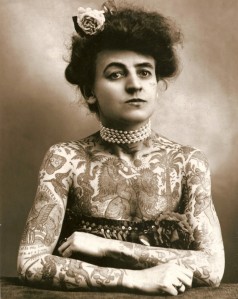




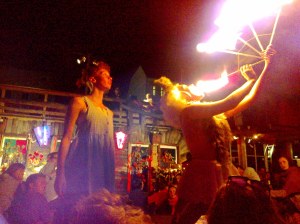





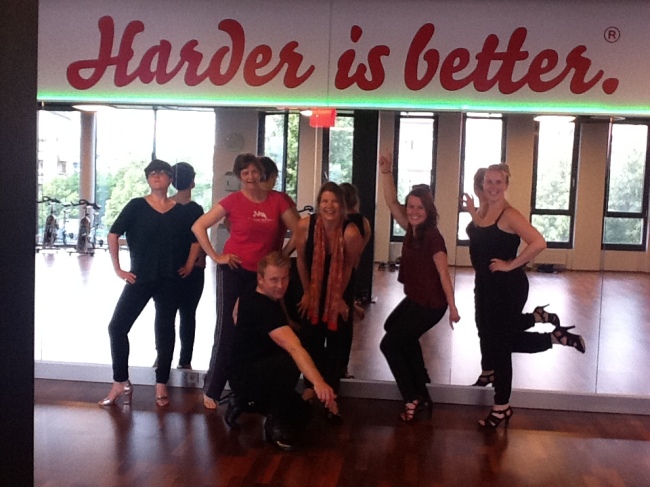


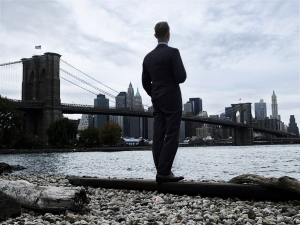
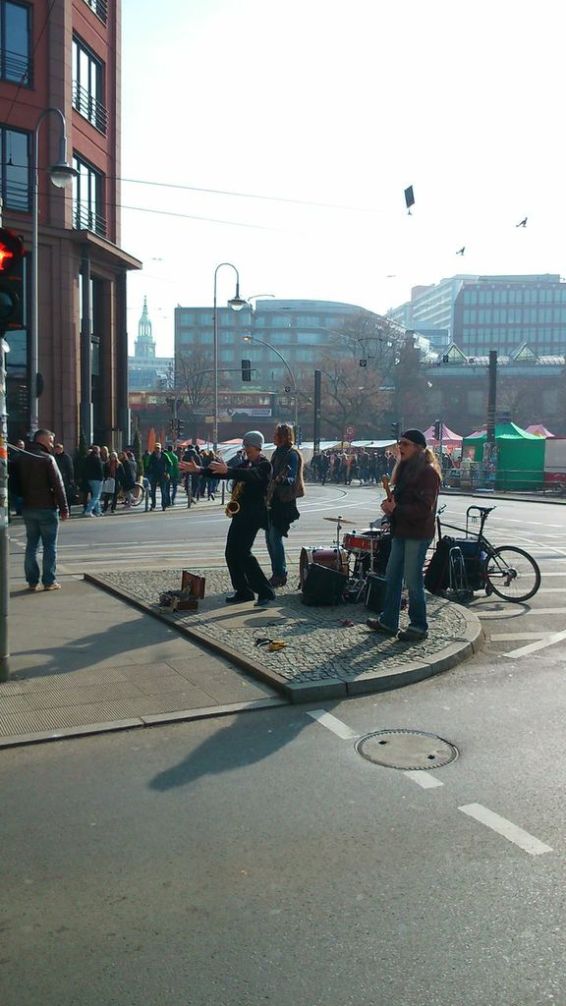


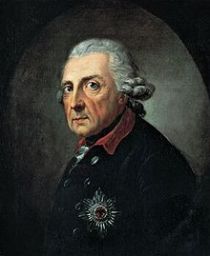

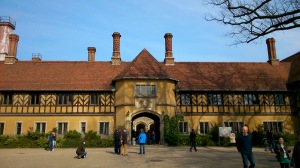
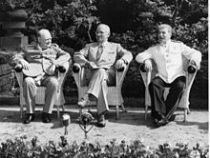

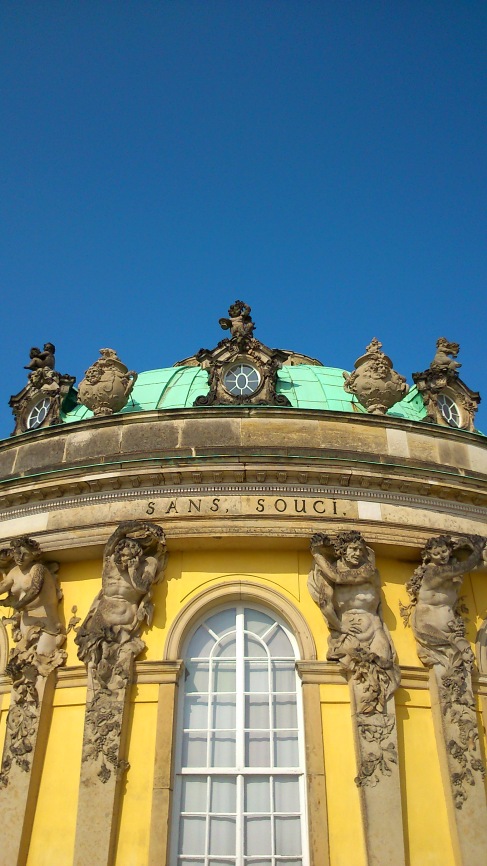
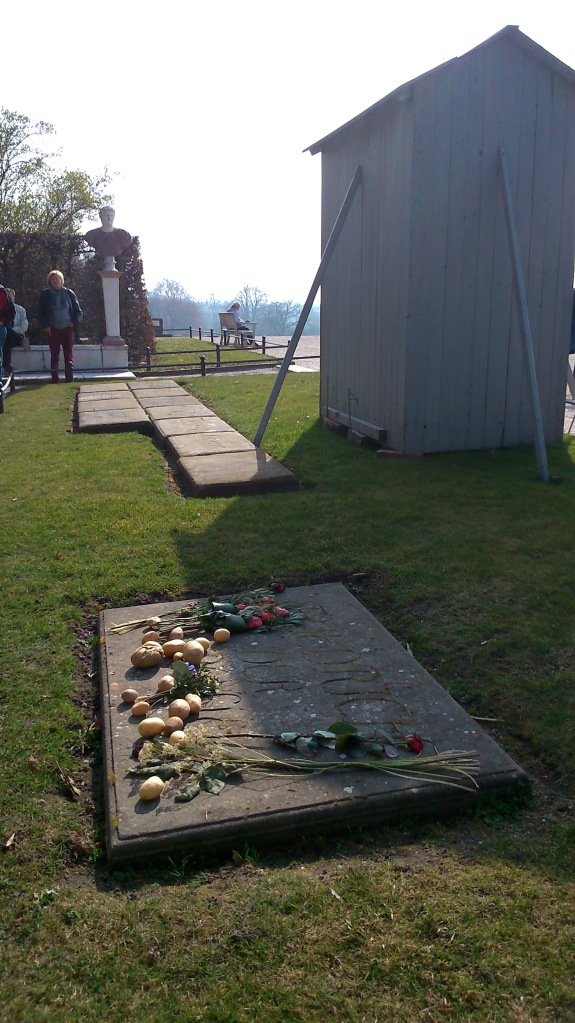

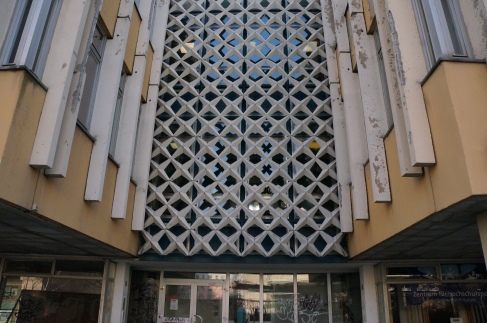
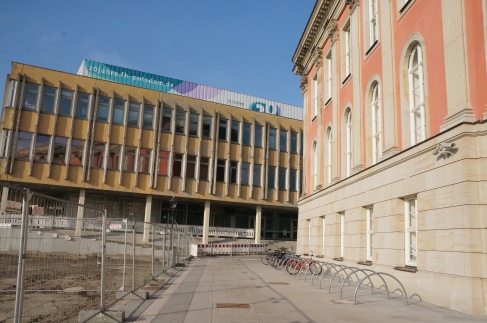

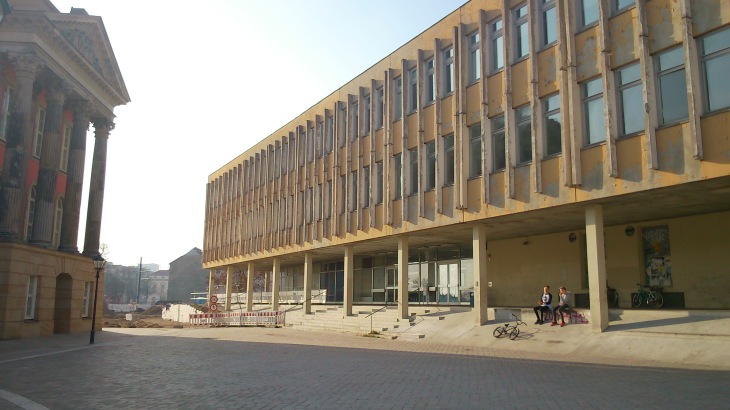

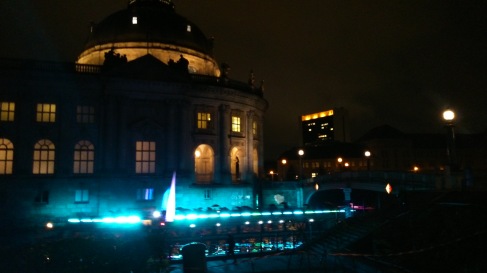
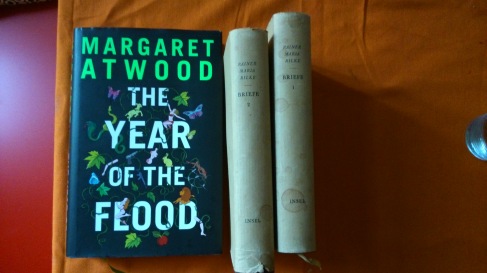




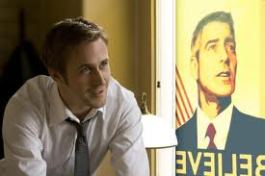
 That’s the kind of person he is.
That’s the kind of person he is.